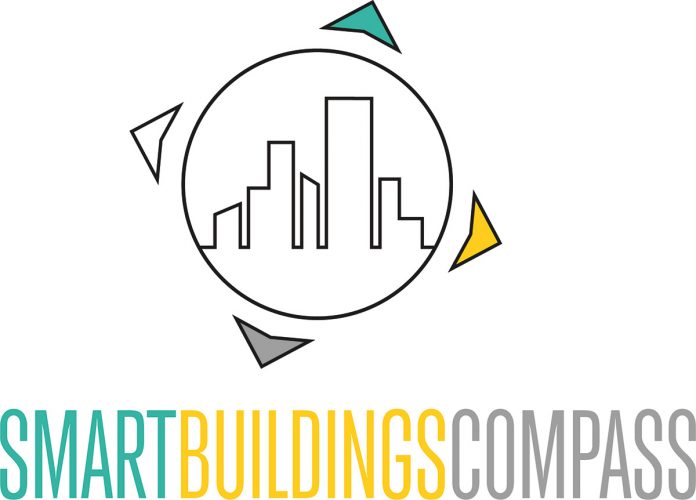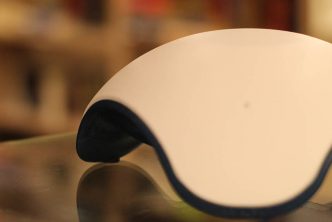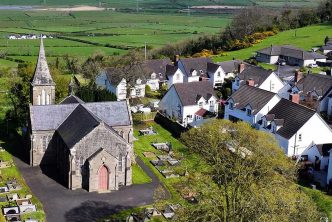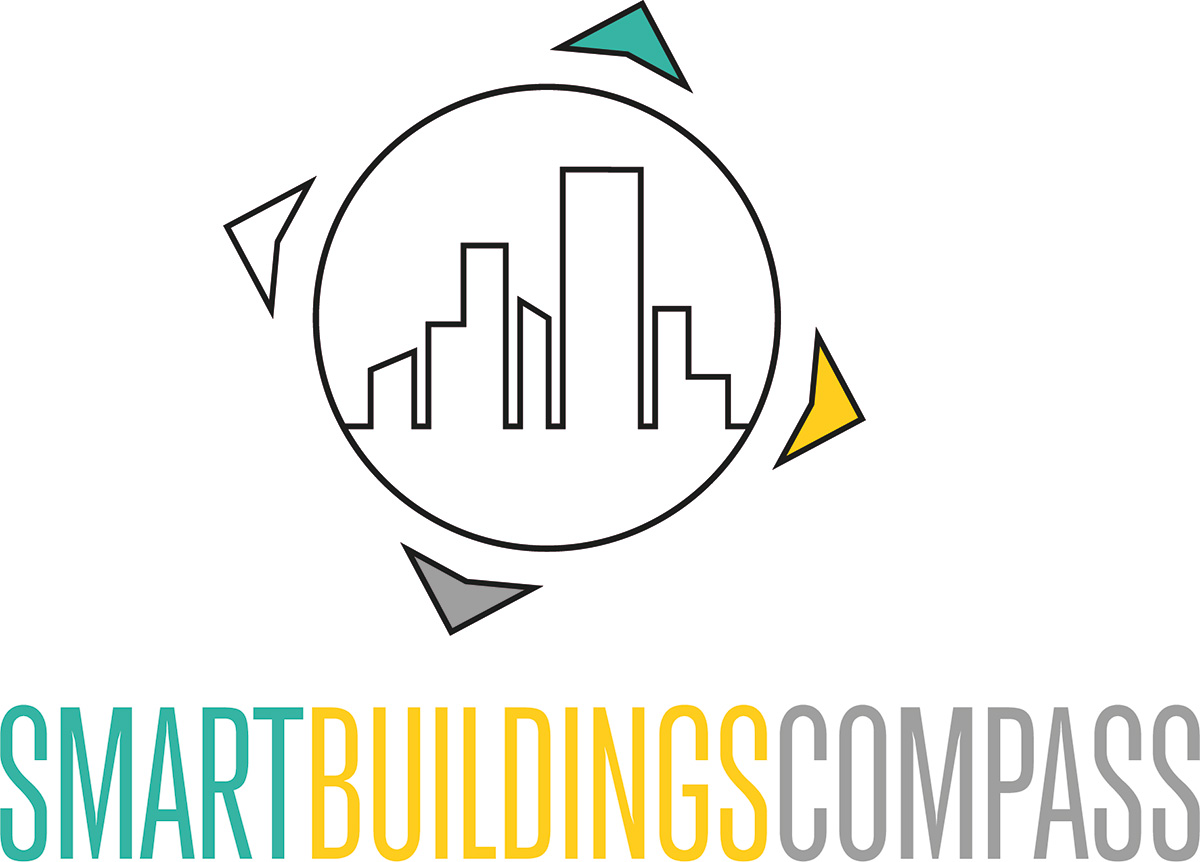For a safe & comfortable everyday life
Smart City’ – this describes the quest to make our cities even more livable with the help of technology.
But we prefer to talk about smart regions, because it’s not just big cities that can benefit from holistic and intelligent solutions. What they have in common is networking in order to solve increasing challenges such as space, traffic and environmental problems.
Why it’s necessary: In 2018, 4.2 billion people worldwide lived in cities. By comparison, only 751 million people lived in cities in 1950. The spread of urban lifestyles and economies is accompanied by many challenges. Intelligent solutions through digitization and artificial intelligence are thus becoming increasingly important in optimizing, managing and shaping the dynamic and complex life in cities.
In the vision of a smart – that is, intelligently organized – city, technology is supposed to help us make life in cities more efficient, ecologically sustainable, inclusive and democratic. Through networking, advanced technologies should be coordinated together in a way that benefits people and the city.
Networked action
To date, the organization of the most diverse infrastructures has proceeded separately. By networking organizations and infrastructures and using modern technology, resources are used more sparingly or our everyday lives are supported even better. This enables completely rethought solutions that open up a wealth of new possibilities.
The potential applications of these concepts are diverse, and the first concepts are already in use: Mobility apps help to avoid traffic jams and provide independent information on which mobility options (car, public transport, car sharing, bicycle, cabs, etc) are available. Likewise, the preferred means of transport can also be booked via these platforms.
Also, by using sensors directly with the lighting system, lighting in a city can be used in a more resource-efficient way, thus reducing electricity costs. Helsinki/Finland was able to reduce electricity costs by 70% and maintenance costs by up to 10%. The light fixtures/light poles provide space for acoustic, air pollution, and temperature sensors, providing an important source of data from which the city’s control can be improved.
Sensor technology also makes watering flowers in public parks and green spaces easier and more efficient – and in combination with the weather forecast, only when it is really necessary. Waste disposal companies plan their routes more efficiently using sensors, as they receive information on the fill levels of the waste bins.
Energy communities are also a good example: In the future, we will increasingly produce energy locally. Or there is already energy that should be used: for example, when a bakery company supplies the surrounding area with heat. Beyond property boundaries, it is now also possible for private individuals in Austria to produce, store, consume and sell energy. So what could be more obvious than to use AI to coordinate electricity production, demand and storage in the best possible way?
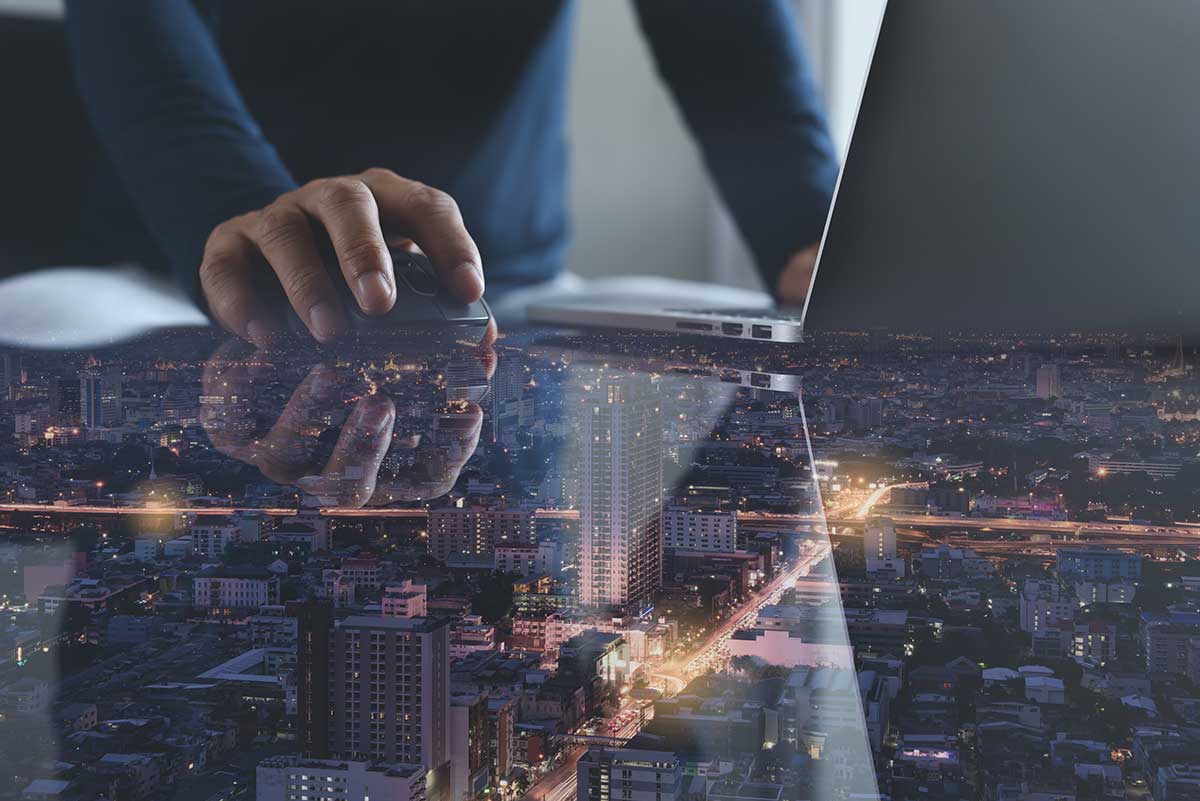
New opportunities, new concepts
The application possibilities will develop rapidly and enable ever new visions. Our goal is to bring them along in this development and to discuss the possibilities that are open to us and our society as a result.
Smart cities should be an attractive living space for young and old, and include disadvantaged residents. We are concerned with improving the living situation, we distance ourselves from the misuse of data and a “transparent” human being. To ensure this, competent citizens are needed – and a joint active shaping of the living space.
Enjoy reading these pages – and if you have any questions or want to provide feedback on our coverage, please get in touch. You can find the contact details here.
Sincerely,
Anja Herberth
Editor
Images and video material: Shutterstock
Our other topics

Comfort & Security
Today, we can design our lives in a way that allows us to live in our homes for as long as possible. For example with the help of barrier-free concepts, controlling the environment or with alarm functions that support us when we need help.
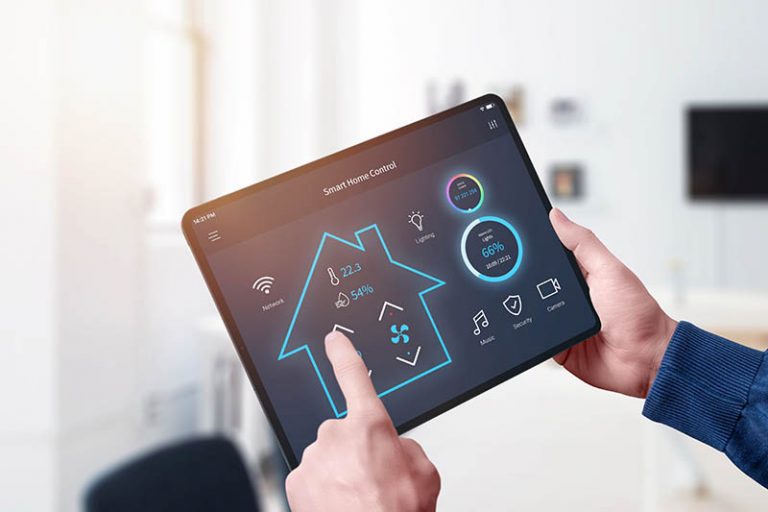
Housing in Transition
Smart building technologies offer us a wide range of options for shaping our lives with comfort and security. These systems focus on people: They support our lives, our daily routine. Many solutions are already possible, but not everything makes sense.

Jobs in Technology
The challenges of our time are solved with the help of technology - which is why these jobs are so exciting. In view of the shortage of skilled workers, jobs in the so-called MINT subjects are linked with very good job prospects.
